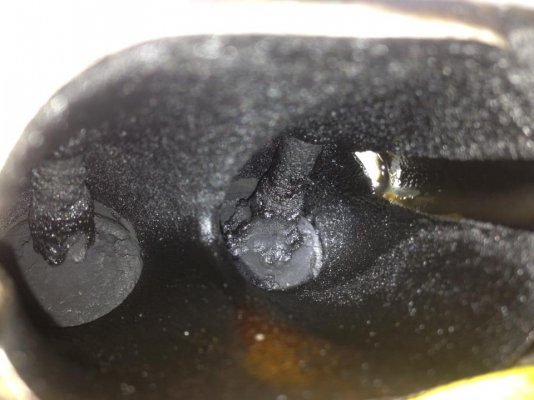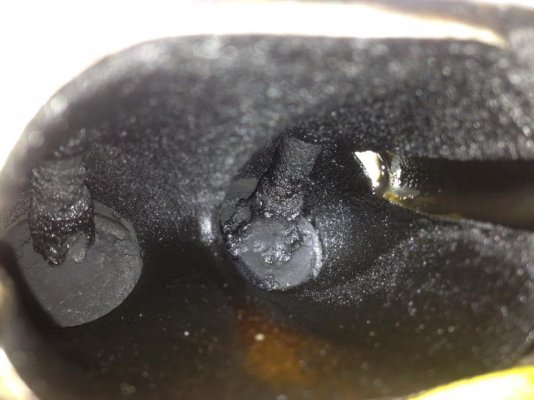I agree if there is real data.
I keep my cars to 200K miles and this is a $500 project that no one can supply the ROI numbers.
1. Real data on oil used or "Catched" is good to know.
2. Can the engine go to 200K (No can) and what is the damage at say 150K miles with out installing a catch can?
For starters, you bought a high performance Raptor, not a fleet truck.
The ROI is entirely dependent on how much you value keeping it running its best.
No one is going to run a multi vehicle 200k + thousand mile scientific study to sell you a $300-500 catch can. That's just not how this works. These are small manufacturers and they don't have that kind of time or money for R&D.
Not trying to be a **** at all here. But you can see plain as day in the pictures that these things are sending oil through the intake.
You definitely don't need one. Even a direct injected 3.5 EB can make 200k miles. The valves will be absolutely disgustingly filthy, the engine will be down on power and fuel economy, but it's not going to blow up just because it's junked up inside.




